Expert tips for handling toddler tantrums. How to help an overly emotional toddler calm down and feel heard when big emotions take over. Why the magic of emotion picture cards and calm down picture cards can change toddler tantrums in a flash.
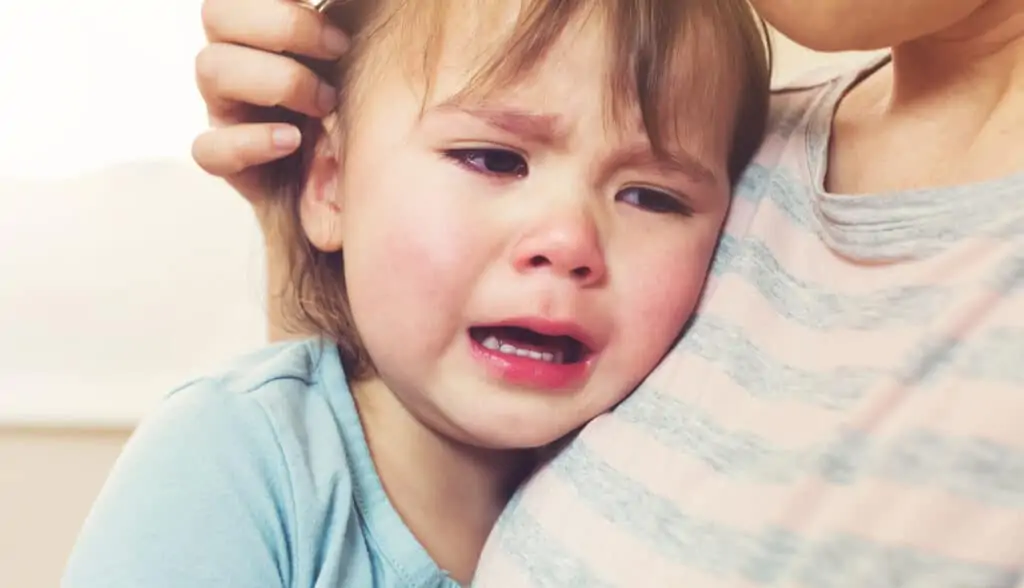
Handling Toddler Tantrums 101
Tantrums are a perfectly normal form of communication for toddlers, even when they’re of epic proportions. It’s understandable that most parents would love it if they didn’t take place in the grocery store check-out line, or at the library when you’re supposed to use your inside voice.
Children feel everything – and particularly emotions – very passionately. The catchphrase “toddler tantrum” isn’t simply a saying, there’s a scientific reason why they are such a big deal.
Toddlers (Ages 2 – 4) have not developed enough frontal cortex capacity to have the self-regulation skills to control their behavior and their reactions when these strong feelings strike and they become upset.
The biological growth of a child is the reason why tantrums at this age are noticeably louder, more emotional and drawn out.
The bottom line?
Toddlers do not have the biological development to keep their bodies and responses in check. YET.
With that said, you’ll be glad to know that many tantrums can be avoidable when you use an ounce of prevention.
How to help your toddler feel heard when big emotions take over and there’s a toddler tantrum on the way.
6 Steps to Prevent Toddler Tantrums & Help Your Child Feel Heard
Want Help Supporting Your Child’s Big Emotions? Check Out These Resources:
1. Most Tantrums Happen with Toddlers are Tired, Hungry or Overstimulated
Children thrive with a consistent routine that’s built around sleep and eating. Plus, a good routine also helps adults stay on track with regular meal and snack times, nap and bedtimes and rest times so kids go beyond the point of overtired, hungry and overstimulated and into the red tantrum zone.
When children are continuously stimulated, you reach the point of no return – overstimulation.
When my son begins to short-circuit, and seems juiced up from a spike of energy, I know it’s time to wind down with a calming environment and take an intentional break from the source of overstimulation.
You may need to say no to functions during sleeping times, cut a trip short to head back home for lunch or bedtime, or save errands for the next day, but if avoiding a tantrum is your goal, these adjustments to your day won’t feel like a sacrifice, they’ll feel more like a necessity.
2. Involve Children in Decision Making and Choices
Many tantrums are a result of children feeling powerless and like they have no control over their lives.
One way to help your toddler feel in control, is to allow them to be a part of the decision-making process by offering two choices whether it’s picking out lunch, their choice of activity, book or use of time.
Here are some examples:
- “Would you like to go to the park or go for a walk this morning?”
- “What do you think, Peanut Butter and Jelly or Grilled Cheese for lunch today?”
- “Do you want to do books before or after bath time tonight?”
Choices don’t have to be elaborate or involve special outings, but the more choices you give to your toddler, the more in control they’ll feel of their lives and compliant it’s time for an adult to make a decision or ask something of them.
All relationships require give and take, especially with toddlers.
3. Make time to Connect With Each Child
Children desire to feel loved and accepted by their family, and most of all their parents, or you may see an uptick in negative behavior.
That’s because children seek out attention – in any form, positive or negative – when they feel like their reserve is empty. They will act out for attention, likely in unwelcome ways.
Make time each day to spend 10 minutes with each of your children to connect with them.
If you can, set aside time at the same time of day to connect and you’ll both come to look forward to that shared time daily.
4. Acknowledge & Empathize With the Child’s Feelings
It’s hard for toddlers to express themselves and state how they feel, when they don’t know what it is exactly they are feeling.
This is where it’s important for parents to step in and help them acknowledge their feelings and state what it is they want (and start the building blocks of developing emotional intelligence.)
This allows for an opportunity for your child to reaffirm why they’re upset, or let you in on what’s really bothering them.
For example:
- “You seem really sad right now. Is it because your brother wants to play by himself and you really want to play with him?”
- “I see you’re mad. We need to use our words to tell our friends we’re not doing playing with the shovel so they don’t take it. Are you mad because you lost your shovel?
Once you acknowledge their feelings and give the space to open up to you, you can also set a limit on behavior that requires curbing.
For example:
- “I can see you’re frustrated Emily won’t share with you, but we don’t use our hands to hit.”
- “I saw that you didn’t like the book I picked out, but we don’t throw our books of they’ll break and we can’t read them anymore.”
- “I know you’re mad I said you cannot have juice with breakfast, but maybe it can be a special treat this afternoon during snack time if we do a good job cleaning up our messes today.”
It’s perfectly OK for children to feel upset and angry, and during a tantrum is a great opportunity to help them understand, recognize and sort through their emotions (and help build their pre-frontal cortex.)
Emotion picture cards are a simple tool to help kids identify emotions and build emotional intelligence.
Trivializing feelings and belittling kids for having emotional outbursts will only hurt their trust in you and chances of coming to you with their feelings the next time they feel slighted or out of control.
Resource: Emotion identification tools help kids identify, name, communicate their feelings and what’s going on under the surface.
5. Emotion is a Window into Your Child’s Heart
It’s important to remember that emotion, particularly anger is a defense mechanism to something more that’s going on under the surface.
Take the time to probe deeper and find what’s at the root of such strong emotions. Is it hurt, vulnerability, fear, pain?
Once both you and him can identify those underlying feelings, you’ll notice the anger dissipate.
6. Love Your Child Through the Big Emotional Storms
Through the rollercoaster of emotions, the one thing your child will always need from you is the safety of your love. Even if you he pushes you away, sit and listen. If they want you to scoop them up and hold them snuggly for five minutes, go to him.
The point is to let your child expose their feelings to you in a way they feel safe with.
No matter how your child responds to you, the one thing he’ll always need is to know you’re there during and after the meltdown, and that you love him.
Match his intensity with calm reassurance, and counter his anger with empathy and kindness.
If you match his intensity with your own, you can’t provide the safety net he depends upon you for. Whereas, if he feels helpless, out of control, exhausted and distraught, but you gently respond with empathy and understanding, he’ll be able to pull himself together after a good cry versus keeping the tantrum raging on long after it could have ended.
7. Use Calm Down Tools to Build Self Regulation Skills
Calm Down cards are a great tool to give kids options about how they can calm down, and when they have the choice of what they want to do, it’ll help them calm down even faster!
Print this set of calm down cards, laminate if you can, and let your child shuffle through the 45 cards until they find a solution they’re comfortable with.
There are 45 kid-tested methods that will help them cool off when big emotions take hold!
The best part?
With consistent practice of using the calm down card set, kids will turn to their set of calm down cards without any prompting from an adult and begin to self-manage their big feelings all on their own!
Resource: Calm down tools help kids build their self-regulatory muscle and find tools that resonate individually with them, including mindful breathing patterns and calming strategies.
Once the Meltdown Has Passed…
Once the crying and shouting has subsided, take a moment to connect with your child. This isn’t a reward for their behavior, but a reassurance that you are a safe place for them to share their feelings. Plus, the dopamine release from cuddling and hugging is good for both of you, too.
You’ve got this Mama, and soon, you’ll be able to circumvent and even shorten tantrums.
Recommended Books on Big Emotions & Feelings:
Additional Resources on Toddler Tantrums
- Peacefully Calm Tantrums Using Empathy
- 5 Ways to Prevent Temper Tantrums That Start at Home
- Understanding Why Temper Tantrums Happen & How to Handle Them
- 6 Tricks to Calm Temper Tantrums
- Helping Kids with Transitions: Switching Gears without Tears
- How to Stay Calm When Your Child Misbehaves
Want even more?
Shop All Parenting Resources
Shop all of our parenting resources from self-regulation tools and managing big emotions to building self esteem and confidence. There are resources for all seasons of life!
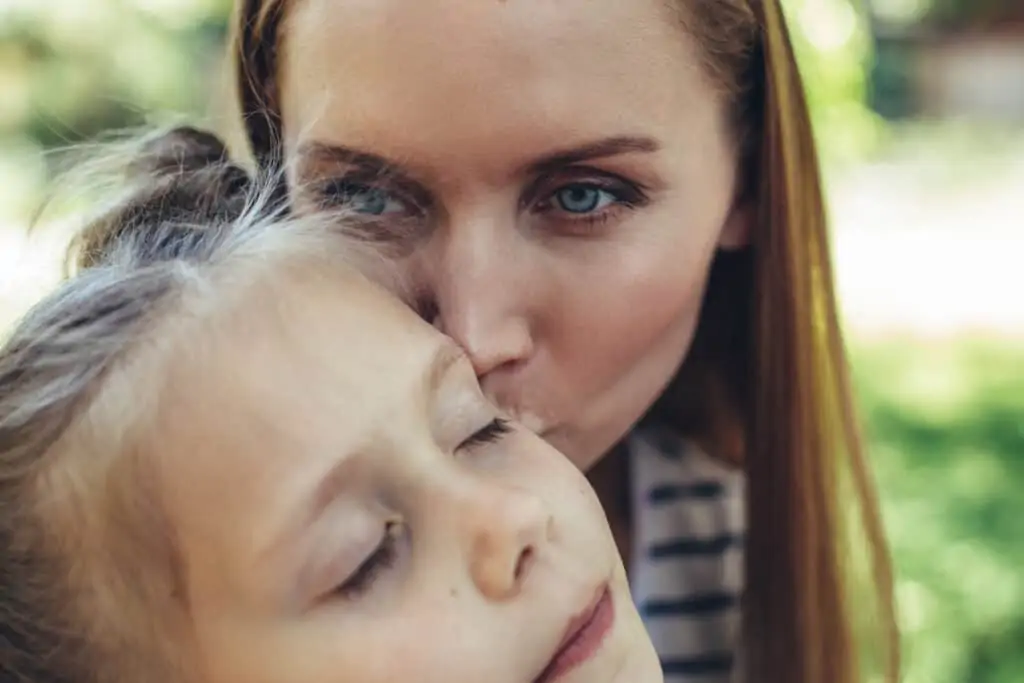
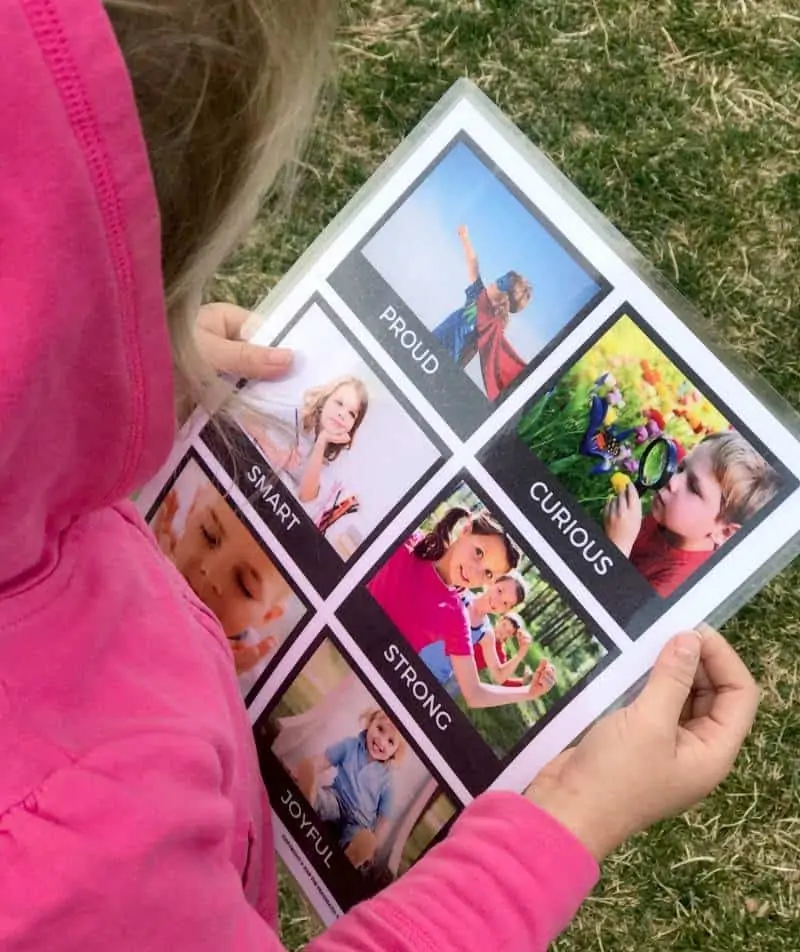
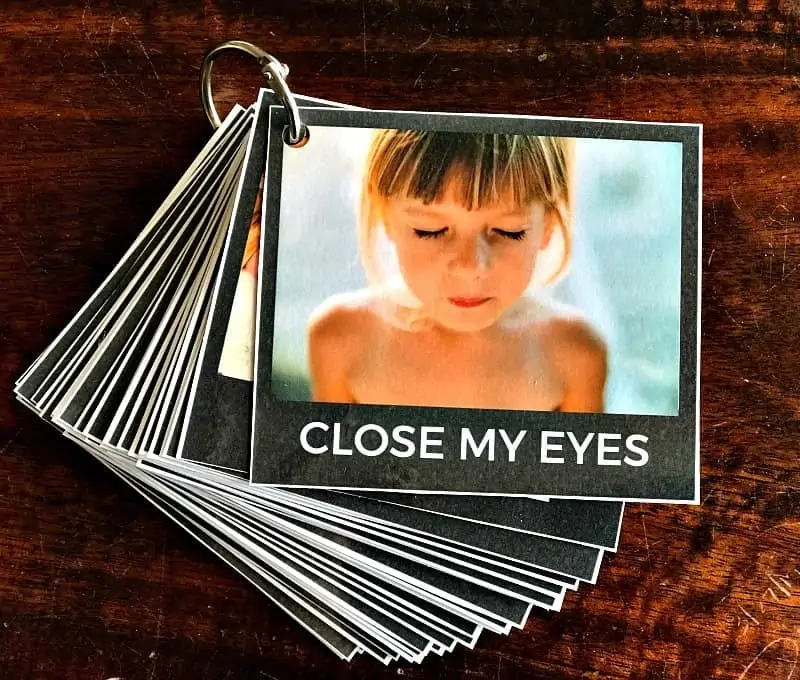








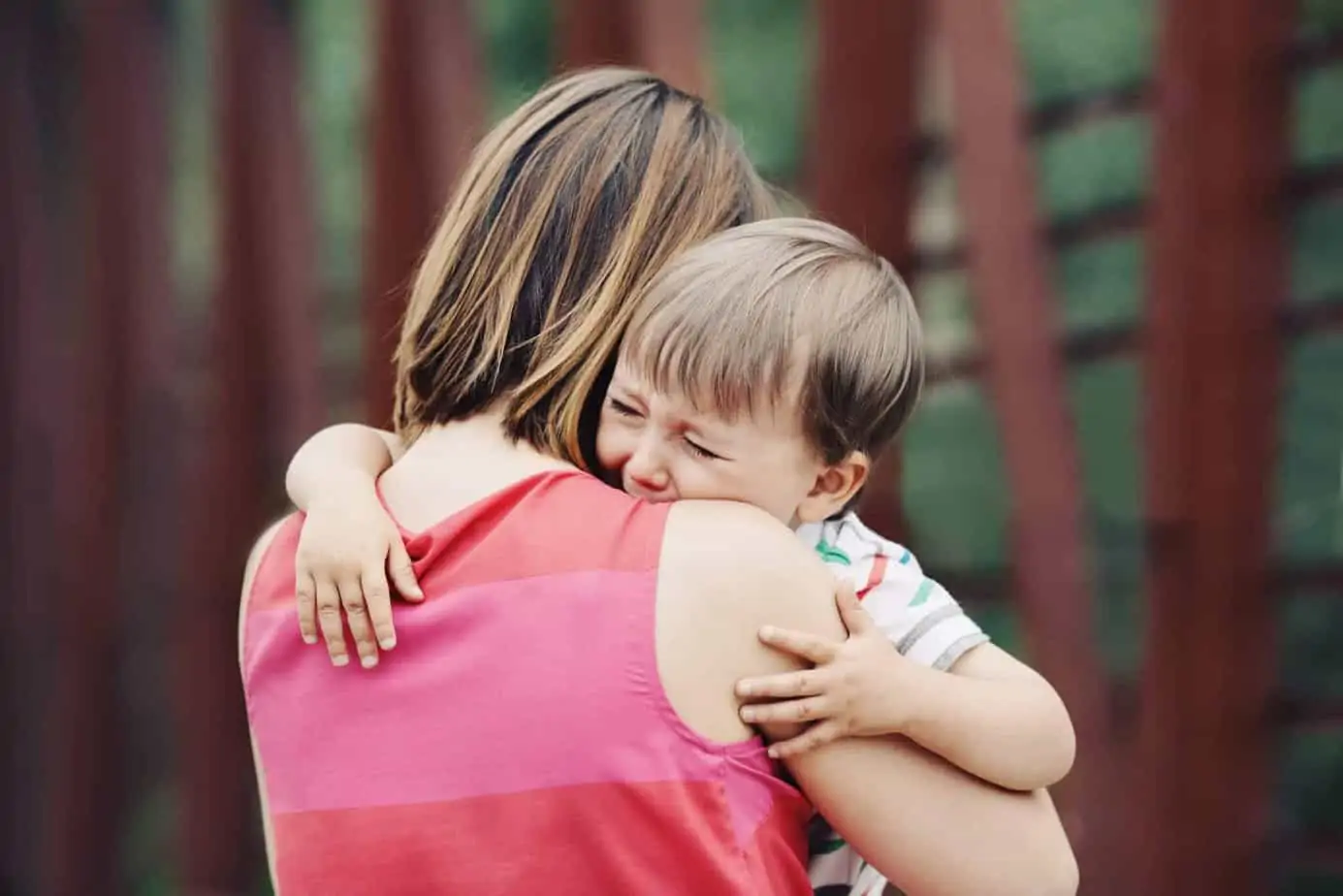

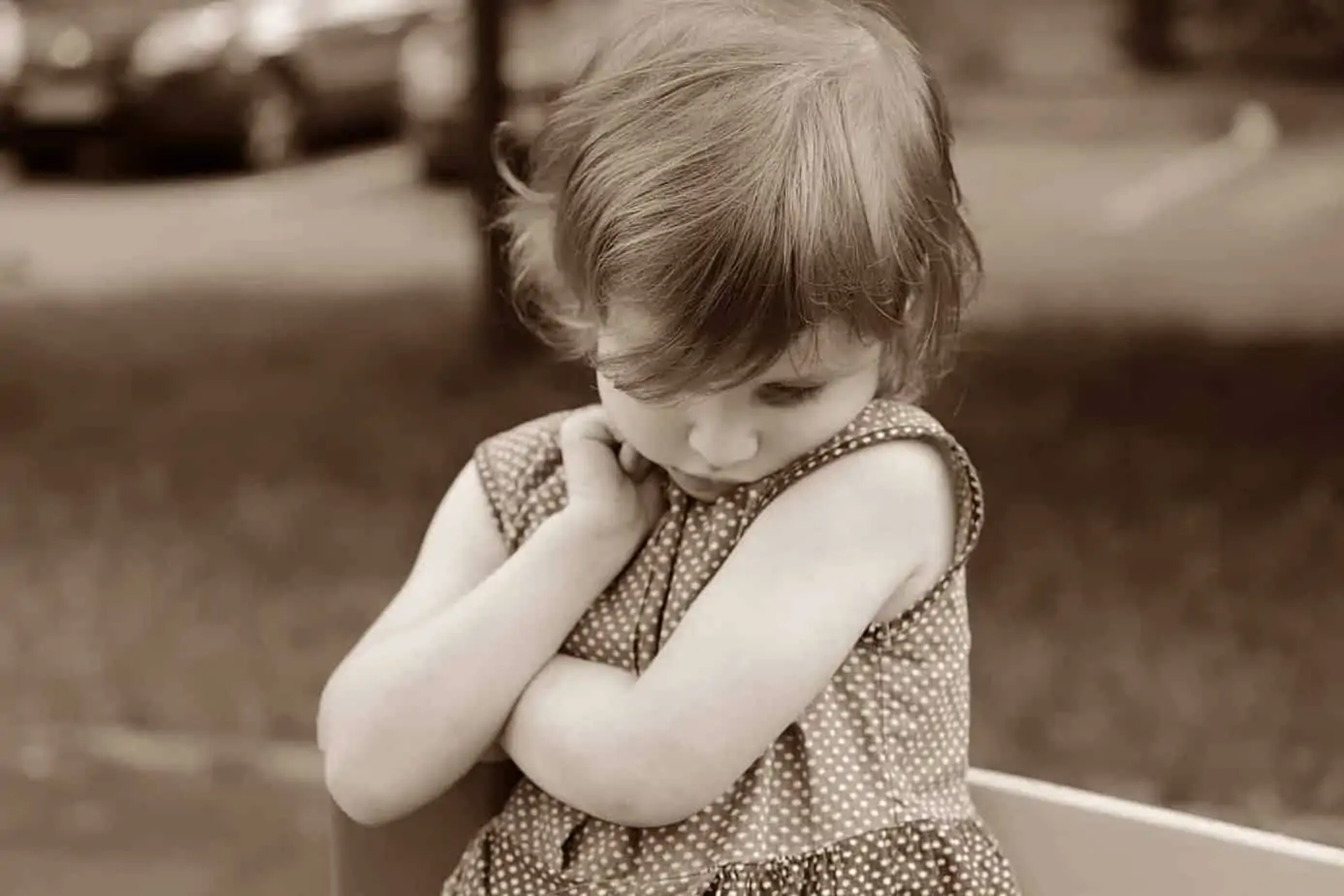
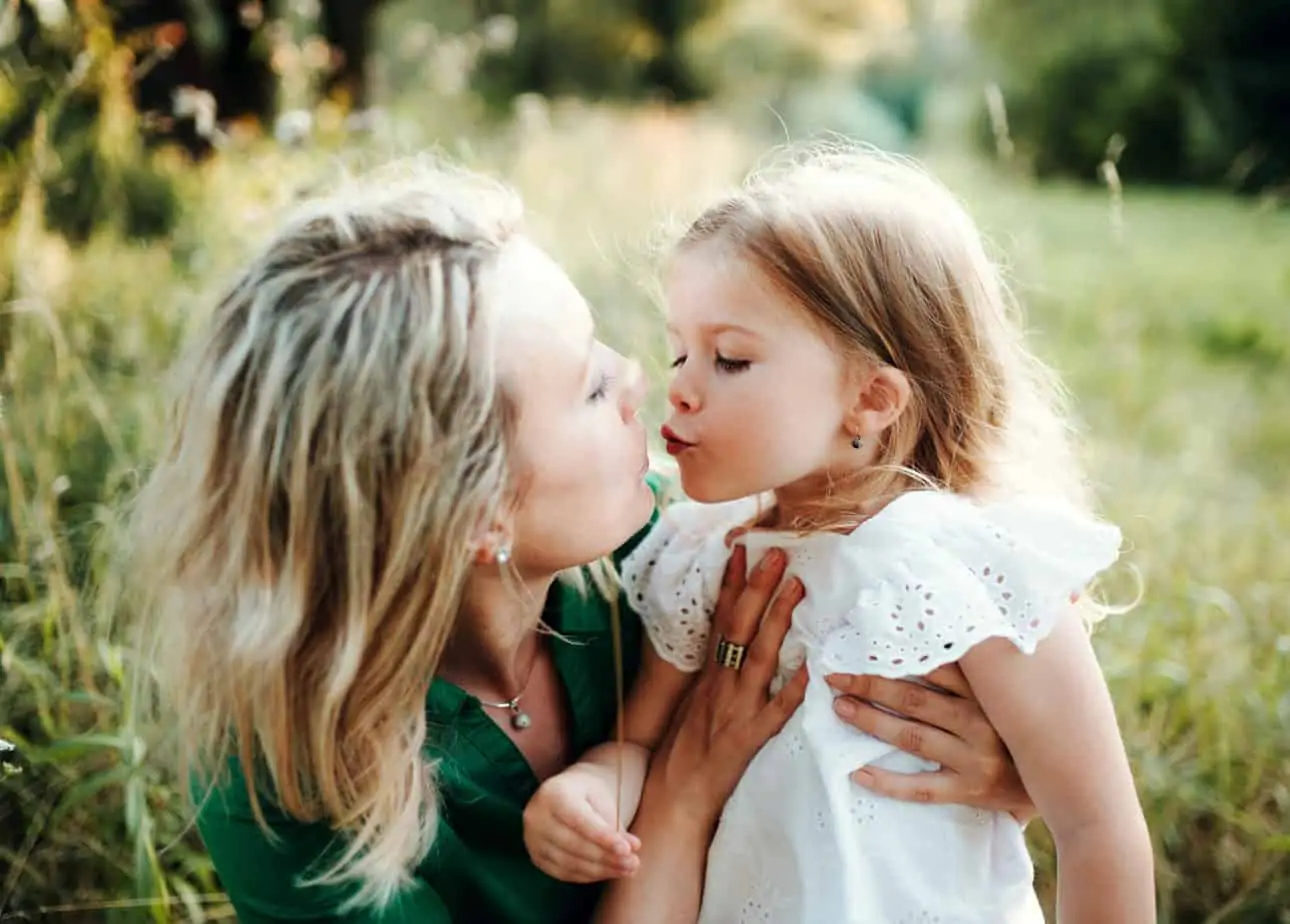



This is a great post! We must understand our children’s feelings to help them through their tantrums. Yelling at them doesn’t help them, it makes them feel worse. Making them feel better is the right way to do it!